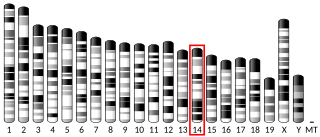This article includes a list of references, related reading, or external links, but its sources remain unclear because it lacks inline citations .(January 2023) |
| D-arabinonolactonase | |||||||||
|---|---|---|---|---|---|---|---|---|---|
| Identifiers | |||||||||
| EC no. | 3.1.1.30 | ||||||||
| CAS no. | 37278-44-7 | ||||||||
| Databases | |||||||||
| IntEnz | IntEnz view | ||||||||
| BRENDA | BRENDA entry | ||||||||
| ExPASy | NiceZyme view | ||||||||
| KEGG | KEGG entry | ||||||||
| MetaCyc | metabolic pathway | ||||||||
| PRIAM | profile | ||||||||
| PDB structures | RCSB PDB PDBe PDBsum | ||||||||
| Gene Ontology | AmiGO / QuickGO | ||||||||
| |||||||||
The enzyme D-arabinonolactonase (EC 3.1.1.30) the reaction
- D-arabinono-1,4-lactone + H2O D-arabinonate
This enzyme belongs to the family of hydrolases, specifically those acting on carboxylic ester bonds. The systematic name is D-arabinono-1,4-lactone lactonohydrolase.




